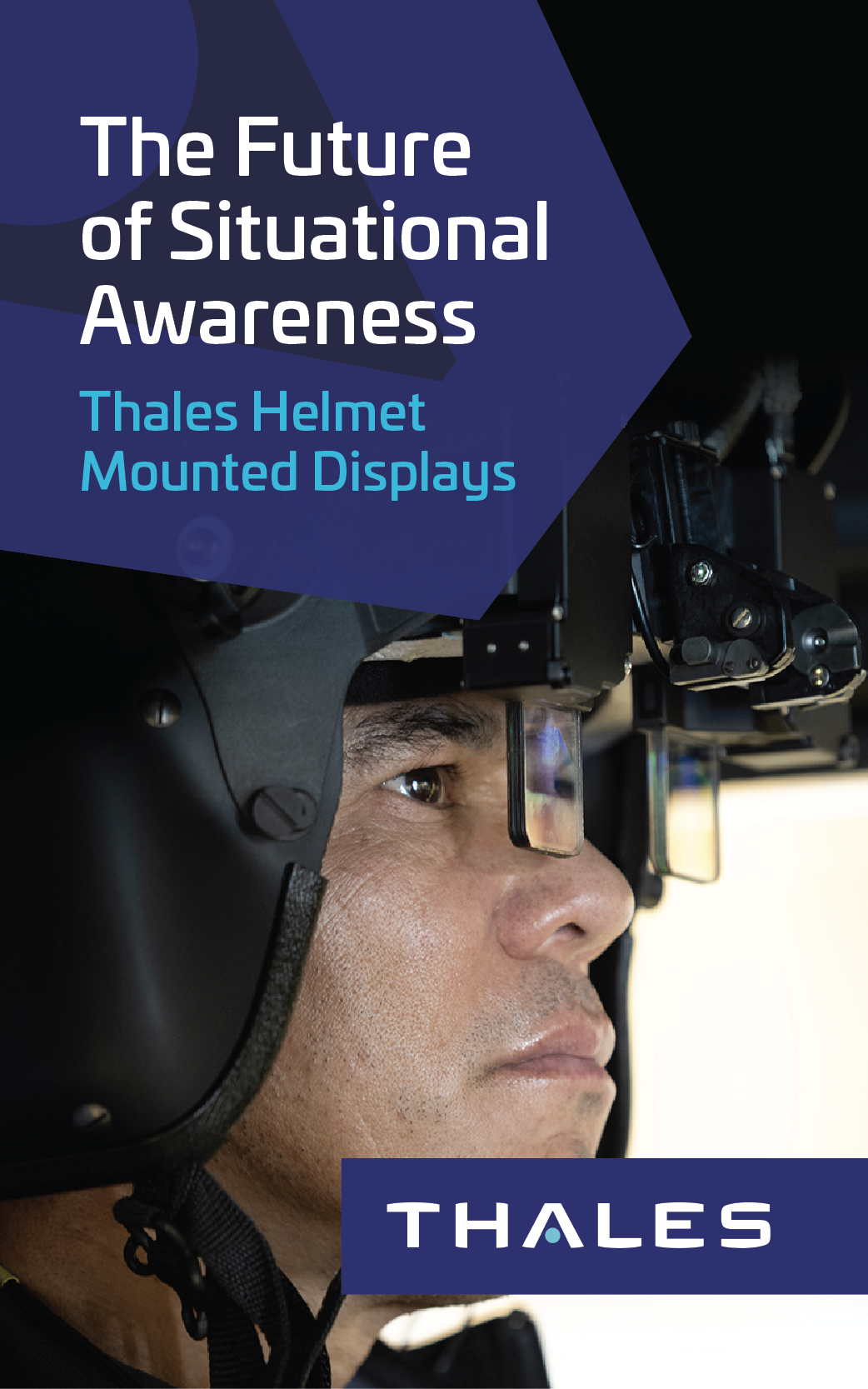25 Years Ago: Quality Stuff on Time”
Not much is written about it; rarely does anyone speak of it. Seems not to touch a chord with most, let alone sweep anyone off their feet. Frankly, it is just not be sexy; yet, without this inelegant, colorless but indispensable function, Army Aviation would be put out of business. And just what is this function considered so vital? . . . Inventory control. From the acquisition process to making ready parts and equipment for man and machine, Army Aviation can only support the foot slogger when those aspects of inventory control are honed to the degree of a well-oiled...
Learn MoreMedical Aviator Cracks 1,000 Hours
1st Lieutenant Ernest J. Sylvester, 23, became the first medical aviator to log more than 1,000 evacuation hours in Vietnam. Awarded the DFC, Purple Heart, Air Medal with 19 Oak Leaf Clusters, and the Vietnamese Cross of Gallantry with Silver Star, the Gulfport, Miss. officer often disregarded his own safety to continue to aid the wounded. A former 57th and 82nd Medical Detachment pilot, he has since rotated to Fort Sam Houston, Texas.
Learn MoreAAAA Annual Convention
The 1990 Army Aviation Annual Convention convened in Orlando, Florida and was centered at the Orange County Convention Center. Exhibit hall hours: Wednesday, April 11, 6-9:00 PM, Thursday, April 12, 9:30 AM to 5:00 PM; Friday, April 13, 9:30 AM to 5:00 PM and Saturday, April 14, 9:00 AM to 4:00 PM. Theme of convention: “Army Aviation in a Changing World.”
Learn More1990: MD 530N Helicopter
An MD 530N helicopter took to the air for the first time on December 29, 1989. This McDonnell Douglas offering, which features the NOTAR anti-torque system, is reputed to be the first conventional, single main-rotor helicopter minus a tail rotor for anti-torque directional control. NOTAR-equipped helicopters, which will be available on both MD 530N and MD 520N configurations, are the latest versions of the MD 500, which first flew in 1963. Source: Army Aviation, page 69, February 28, 1990 issue.
Learn More1965: “Hot Cycle”
January 28, 1965, the XV-9A “Test Bed” flew; developed for USARECOM by Hughes Tool Company’s Aircraft Division, Culver City, California. The XV-9A, AKA “Hot Cycle,” is based on the principle by which hot gases are jetted from blade-tipped louvers; a concept designed to dispense with heavy gear boxes associated with normal shaft engine aircraft. The “Hot Cycle” principle is supposed to enable a helicopter to be able to hoist more than twice its empty weight in cargo or passengers. Source: Army Aviation, page 31, February 1965 issue.
Learn MoreWorld War II: Delbert L. Bristol
During the North African campaign, Colonel Charles E. Hart, II Corps artillery officer, thought it prudent to organize Air Observation Post assets with an artillery officer. Lieutenant Delbert L. Bristol joined Hart’s staff. This future Hall of Famer virtually created a position. The energetic aviator organized flight records; assigned missions to planes and pilots; established a system of parts supply to alleviate shortages, picking up the slack from the Army Air Forces which was responsible for same. General George Patton was so impressed that he employed the services of the young pilot to fly him round the front. What Bristol did...
Learn MoreGeneral “Vinegar Joe” Stilwell
During World War II, General “Vinegar Joe” Stilwell, commander of Tenth Army,(1) relied on the L-4 Cub extensively. He flew with the Air OPs, many times with the windows open. “On one occasion he was being flown by SSgt Lyle W. White on a mission off Okinawa. A gust of wind blew through the Cub’s cockpit and the general’s battered campaign hat, that he had worn for over 20 years blew out the window. “General Stilwell sadly watched his hat float down and plop into the sea. He remarked, ‘I’d sure like to go down there and rescue my old...
Learn MoreRotary Wing First for the Navy and Marines
September 1931, the Pitcairn XOP-1 autogiro was procured by the Navy for trial purposes. As a rotary wing aircraft, the Navy was interested in the aircraft’s ability to land and takeoff within in short space. So the Navy conducted tests aboard the aircraft carrier Langley (CV-1). Lieutenant A.M. Pride taking off from USS Langley in a Pitcairn XOP-1 autogiro, September 23, 1931. Photo number, NSO20117. Courtesy: Navsource Online: Aircraft Carrier Photo Archive.84 Years Ago September 1931, the Pitcairn XOP-1 autogiro was procured by the Navy for trial purposes. As a rotary wing aircraft, the Navy was interested in the aircraft’s...
Learn More“Gaining Information of the Enemy’s Movements.”
152 Years Ago, 1862 Warfare theorist Baron Antoine Henri de Jomini, with Article XLII, of his, The Art of War, outlined various methods of obtaining information and reconnaissance by which a commander could gather intelligence on an opposing army: Questioning prisoners or deserters; well-organized system of spies; and mobile formations of cavalry. With the latter he specifically mentions the famed Cossacks by name. But Baron de Jomini seemed to have little regard for the use of balloons as a vehicle for observation with the following: “An attempt of another kind was made in 1794, at the battle of Fleurus, where General Jourdan made use...
Learn MoreAmphibious
Amphibious An OH-23D of the 7th Infantry Division is shown touching down on the deck of a Republic of Korea LST. The LST, anchored near Pusan, took part in an amphibious exercise named “Bayonet Beach.” Six helicopters from the 7th Division effected landings on the LST. News Brief The expansion of Army Aviation has fostered the heaviest workload in training ever recorded at the U.S. Army Primary Helicopter School (USAPHS) at Fort Wolters, as reported by Fourth Army Command. Since August 1963, the average number of trainees has been 409 candidates. According to COL Henry H. McKee, Aviation Officer, Fourth...
Learn More

















